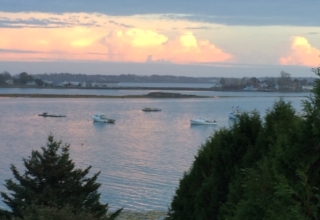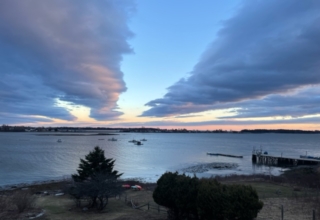
Van Prooijen (2018) proposes that conspiracy theories contain five elements:
- Connecting patterns – Any conspiracy theory explains events by establishing nonrandom connections between actions, objects, and people. A conspiracy theory assumes that the chain of incidents that caused a suspect event did not occur through coincidence.
- Agency – A conspiracy theory assumes that a suspect event was caused on purpose by intelligent actors: There was a sophisticated and detailed plan that was intentionally developed and carried out.
- Coalitions – A conspiracy theory always involves a coalition or group of multiple actors, usually but not necessarily humans (examples of nonhuman conspiracy theories are The Matrix and the “alien lizard” conspiracy theories). If one believes that a single individual, a lone wolf, is responsible for a suspect event, this belief is not a conspiracy theory – for the simple reason that it does not involve a group conspiring against others for their personal benefit.
- Hostility – A conspiracy theory assumes the suspected coalition to pursue goals that are evil, selfish, or otherwise not in the public interest. Certainly, people may sometimes suspect a benevolent conspiracy, and benevolent conspiracies indeed do exist (for example, as adults we conspire every year to convince children of the existence of Santa Claus), but these would not be considered conspiracy theories.
- Continued secrecy – Conspiracy theories are about coalitions that operate in secret. With “continued” secrecy, … that the conspiracy has not yet been exposed by hard evidence, and hence its assumed operations remain secret and uncertain. A conspiracy that is exposed and hence proven true is no longer a “theory”; instead, it is an established example of actual conspiracy formation. Conspiracy theories are thus, by definition, unproven.
With these foundational pieces in place, we will consider some of the psychological dynamics operating in the production and maintenance of conspiracies.
Looking for threats and finding enemies – we do it automatically
The “US” versus “THEM” psychology (creating in-groups and out-groups) involves inflating the positive aspects of US groups – we are better, smarter, more moral and more effective at almost everything than “those other people”. Over time, a sense of reciprocity and re-affirmation develops within the in-group – we want and need to be similar in our thinking and behavior to feel more closely bound together and safe. People in the in-group trust one another – together we share something special that is unknown to those “others”. This powerful driver of US/THEM works the opposite in terms of viewing THEMs. They are seen as “threatening, hostile, untrustworthy”.
This unconscious process, in-built in humans, is described by object relations theorists such as Fairbairn and Klein (Greenberg and Mitchell, 1983, Ogden, 1986) as a primitive “splitting” function. It begins in early childhood with the separation of the “good mother” (who responds to and fulfills all our needs as a child) from the “bad mother” (who holds back from us and restricts some of our behaviors).
As parents, we need to serve both the “good” and “bad” functions in order to protect our child and help them gradually (by providing a safe container) confront the challenges of “reality.” Yet, the “ghost” of this splitting function lingers with us, even as we mature. Especially under conditions of stress and uncertainty we are pulled back to splitting the world we confront into “good” and “bad” (or perhaps into good/bad, active/passive and strong/weak).

















